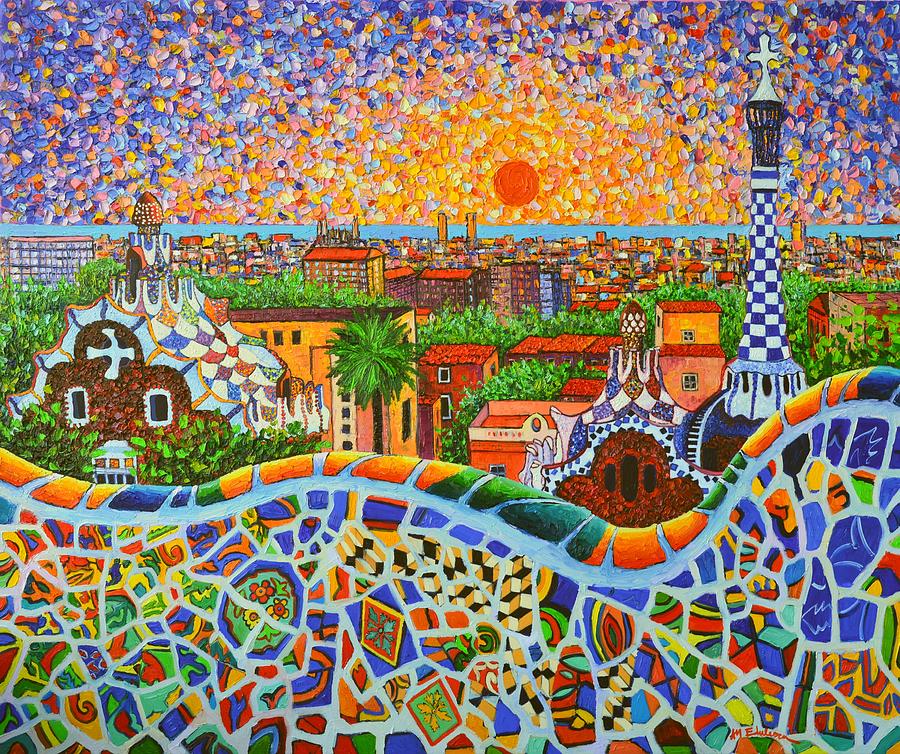Joan Miró, worls famous artist from Barcelona
Joan Miró was born on 20.4.1893 in Barcelona. The Catalonian artist was one of the most important representatives of surrealism.
His appearance resembled rather than a rich bourgeois than an unconventional artist. But only with his international success, which brought him his exhibitions in the United States, he could exercise sufficient pressure on his galleries for a reasonable portion of the sale proceeds of the works.
Curriculum vitae of Joan Miró
In 1900 he received private drawing lessons. From 1907 Miró studied at the trade school and at the Art Academy of Barcelona, which already has been visited by Picasso. After his training he worked for some time as a bookkeeper until he chose the artists career against the resistance of his parents.
From 1915 he started his career as an artist with Fauvism based on pictures.
1917 he met the editor of the Dadaist journal “391” Picabia.
There are portraits and landscapes, which are shown in 1918 first time in a solo exhibition in the gallery Dalmau.
1919 he met Pablo Picasso and concluded with him friendship.
1920 he travelled several times to Paris, a solo exhibition 1921 in Paris is a failure.
1923 Miró learns the surrealists to Breton, Aragon, Eluart, Prevert and Péret know and joins them, but remains in the group an outsider.
1924 creates the image “Carnival of Harlequin.”
1930 first exhibition in the United States in the Valentine Gallery New York.
1933 arise from large-scale collages paintings.
1934 begins its so-called “wild period” with pastels on velour.
1935-1938 several international exhibitions of surrealist works.
1940, he returned to Paris, but leaves during the invasion of German troops in France towards Spain.
1947, he takes part in an exibition of surrealists Maeght in the gallery, which distinguishes him from that date in Europe.
1952 begins his “strong free-style”.
1954, his works are showen for the first time in Germany in an exhibition in Krefeld.
1960 begins his new abstract style
1966 is the first monumental bronze statues of Miró.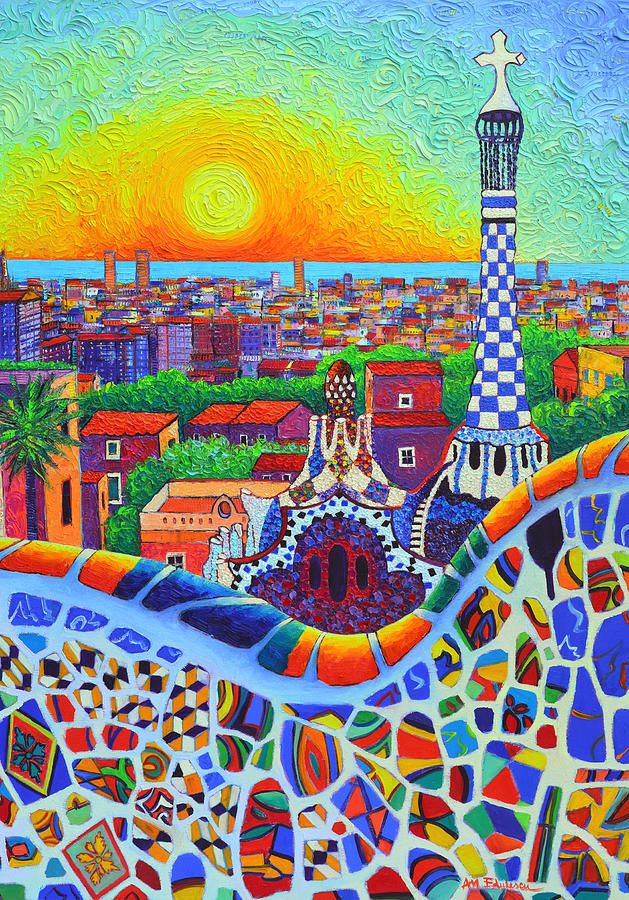
1971, the Fundació was founded by him, the Miró Foundation, in Barcelona. This is still the most important Miró Museum.
1979 Miró designs stained-glass windows and is honorary doctorate from the University of Barcelona.
Miró died on 25.12.1983 in Palma de Mallorca and is buried in Barcelona.
Artistic Development
In its early phase, his works are influenced straight from the styles of Fauvism and Cubism.
1920, he traveled often to Paris, in 1921 he settled in the French capital. In Paris, he met many well-known painters, such as e.g. Picasso, who lived in Paris.
1924, he joined a group of surrealistic artist such as Breton, which influenced his style of painting. He remained an outsider in the group.
Miró is characterized by its strong colors and simplified forms influenced style of painting. This own style he developed from 1930 it further. During this period also began his international fame.
From 1940 to 1948 he lived in Spain and this time he created in many sculptures, graphics, ceramics and wall paintings.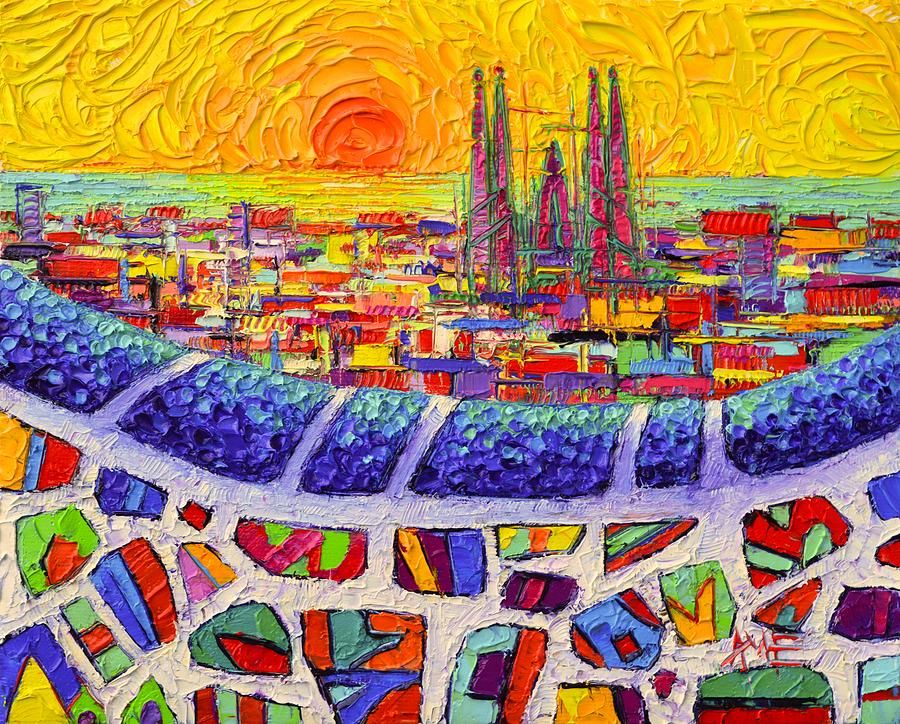
1947 he first visited the USA and there had several solo exhibitions, the most important was a retrospective at the Museum of Modern Art in New York.
1954 he was awarded the Grand Prix for graphics in Venice.
1956 he moved his residence to Mallorca, where he also built a large studio.
1958 he became the Guggenheim Award.
1968 honorary doctorate at Harvard University and in 1979 in Barcelona.
Barcelona Art: Local Painters Of Barcelona
Page Content
| Barcelona Art – Local Artists display their works at Plaça St Josep Oriel Square |
If you’re interested in seeing quality Barcelona art from local artists then it’s recommended you make your way to Plaça St Josep Oriol, a square which is right next door to Plaça Del Pi in the heart of the Gothic Quarter. Plaça del Pi is only a few minutes walk from the famous La Rambla so you will have no problem in finding these squares.
In the square you will find up to 50 artists displaying portfolios of their work on Saturdays (11:00 – 20:00) and Sundays (11:00 – 14:00).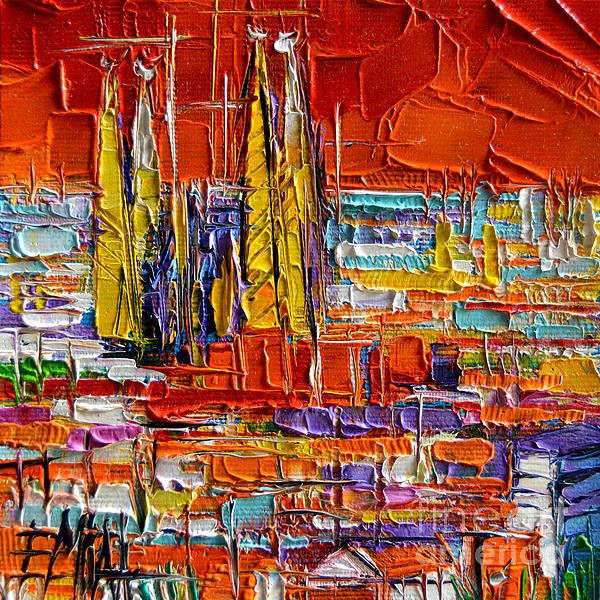
The styles of paintings vary considerably from traditional landscapes or portrait work right through to some more abstract paintings. I was impressed by both the quality of the work and the range of different styles available.
I spoke to a few of the painters that were displaying their art, and it was clear they were passionate about their work. One of the advantages of visiting this venue is that you will have an opportunity to meet the artists that have created the works. I found them open and friendly people who were willing to take the time out to speak with you.
When purchasing your artwork remember to ask the artist for their business card. You might find that once you return home, you may wish to purchase more works from the same artist when you see just how much your lounge wall will be illuminated by this colourful and original artwork.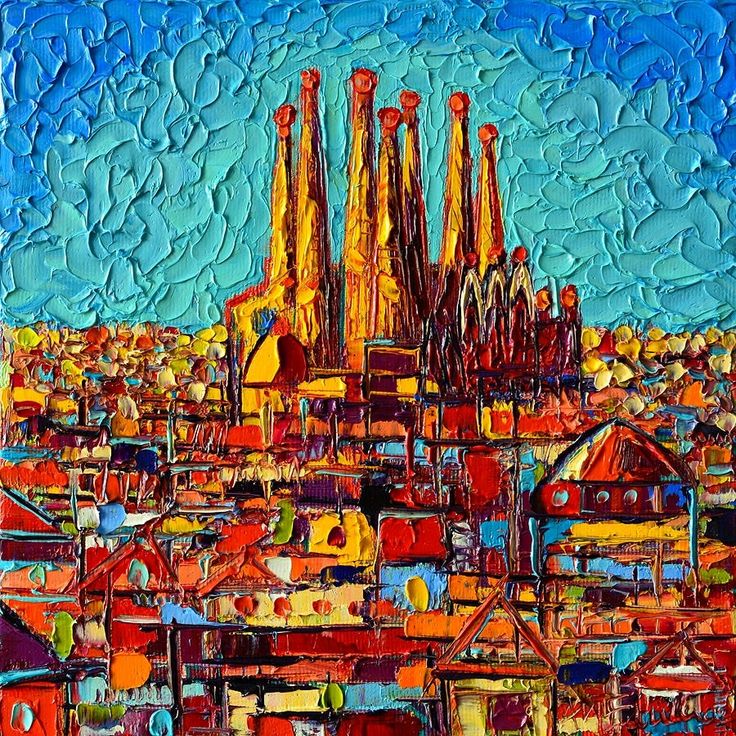
Prices for the Barcelona Art displayed vary considerably.
| Painters Pi in Barcelona |
Plaça del Pi is a beautiful little square that is home to the Church Iglesia del Pi. The Word “Pi” means “pine” and in the square you will see an old pine tree from which the square, the street and church take their names. Both squares also have a few atmospheric coffee shops where you can sit down and watch the World go by.
The Gothic quarter, in which these two squares are situated, has connections with great artists and was once home to one of Picasso’s early art studios and was also the neighbourhood in which Joan Miró was brought up as a young boy. Visiting these squares when the artists are displaying their work adds something special to the atmosphere and is highly recommended if you are an art lover or if you simply want to soak up the creative atmosphere that these two squares offer you.
Location map showing the walking routes to Santa Maria del Pi from the nearest metro stop
La Rambla
La Rambla
Santa Maria del Mar
Plaça de Santa Maria, 1
BSM Moll de la Fusta Car Park
Paral.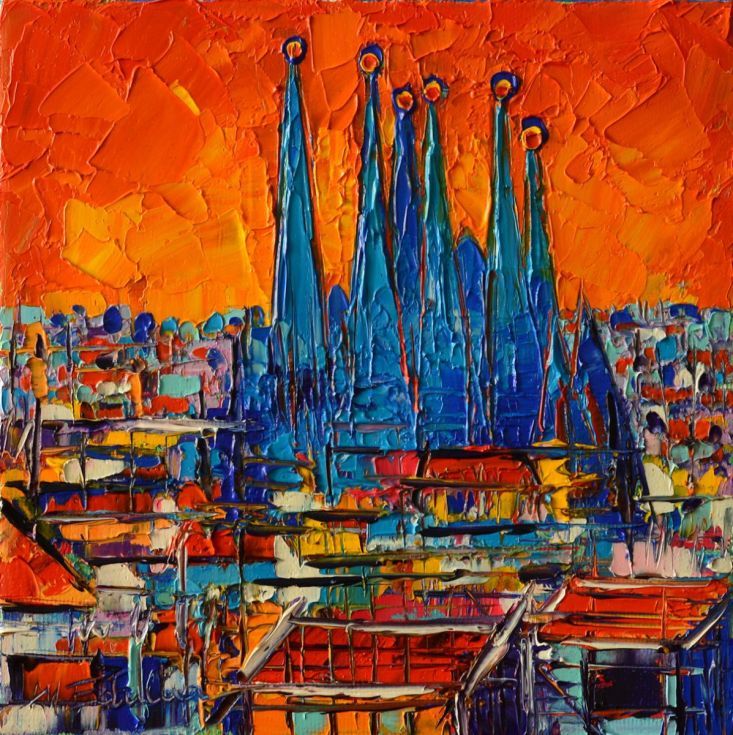
Paral.lel Metro
Drassanes Metro
Mirador de Colom
Plaça Portal de la Pau
Plaça de Catalunya
Basilica de Santa Maria del Pi
Plaça del Pi, 7
Plaça Reial
Barcelona History Museum
Plaça del Rei
Barcelona Cathedral
Plaça de la Seu, 3
La Boqueria Market
La Rambla, 91
Gran Teatre del Liceu
La Rambla, 51 – 59
Jaume I Metro
Urquinaona Metro
Urquinaona Metro
Liceu Metro
Catalunya Metro
Catalunya Metro
SABA BAMSA Paral.lel Car Park
SABA Catedral Car Park
NN Palau de La Musica Car Park
SABA BAMSA Francesc Cambo Car Park
Laietana Princesa Car Park
Eden Car Park
SABA Plaça de Catalunya Car Park
SABA BAMSA Illa Raval Car Parking
BSM La Boqueria Car Park
SABA BAMSA Plaça dels Angels Car Park
NN Bonsucces Car Park
SABA Plaça Urquinaona Car Park
This map is copyright registered and protected and may not be copied.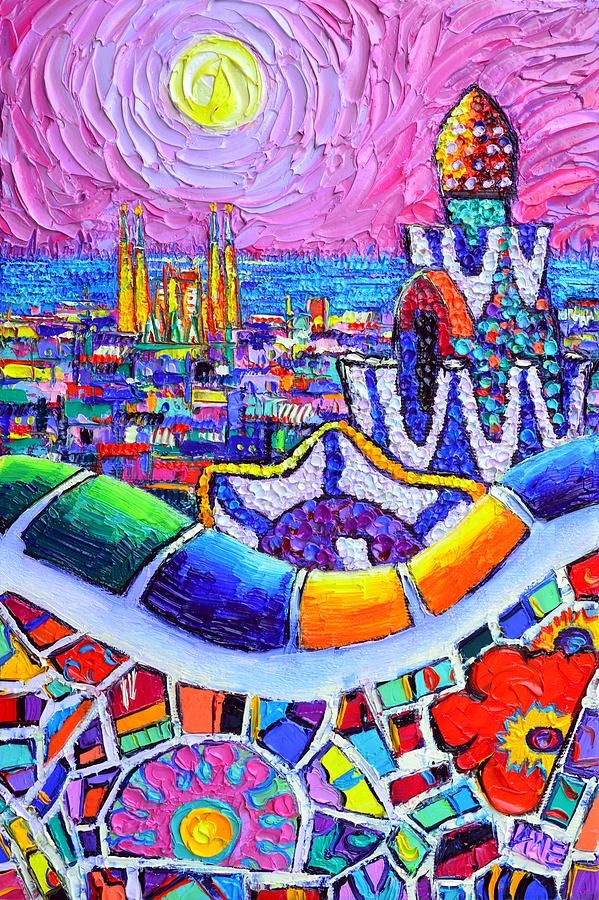
Palau de la Musica Catalana, Carrer Palau de la Musica, 4 – 6
An artist from Barcelona talks about the city’s art life and why she traded Paris for the Catalan capital. Spain in Russian
Irina Samobrod is an Odessa-born artist who became famous in France and moved to Barcelona three years ago. At her headquarters in the city center, she works with her French husband, and here she organizes her own exhibitions, which are not so easy to get to. We caught up with Irina in her creative space to talk about contemporary art, the art scene in Barcelona and why she traded Paris for the capital of Catalonia.
“I started painting seriously 13 years ago when I was working as a fashion designer.” The main object for me has always been a woman. Dress her, put on shoes, make up, – that’s what I was interested in. But I understood that if I continue to work in fashion, I will forget what art is.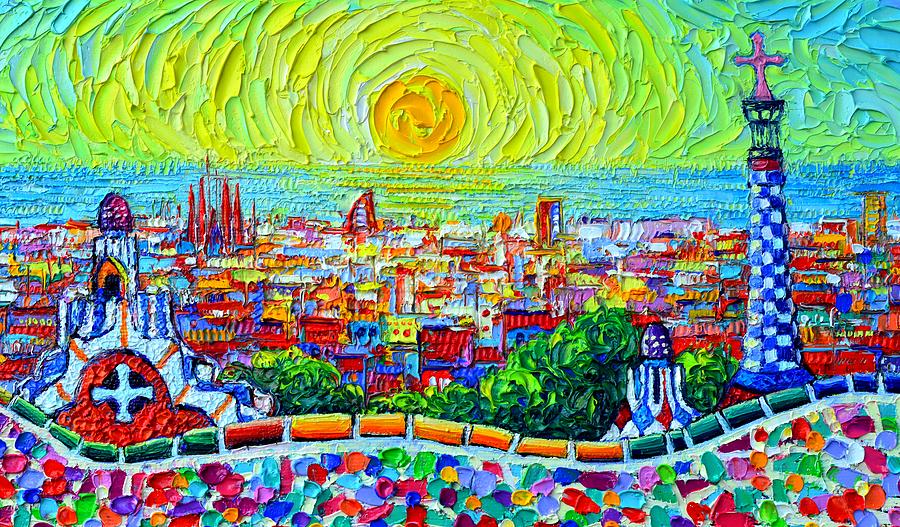
“In Ukraine, I am from Odessa, art has not existed for 70 years.” There was an iron curtain and we didn’t know what was going on in the world. All the new ideas that I tried to bring into my work were not accepted. They asked: “Why don’t you make classics, why don’t you copy the Impressionists?”
“In the French school of modern art, I was like a Neanderthal.” I didn’t know anything at all. And I went there not for a diploma, but in order to get information, to understand how you can convey your ideas through art.
“When my child was born, he made me look at the world differently.” What does this world in which he lives in carry? What do we do with this world and what do we give it? From that moment began my series of serious portraits: women from around the world, animals.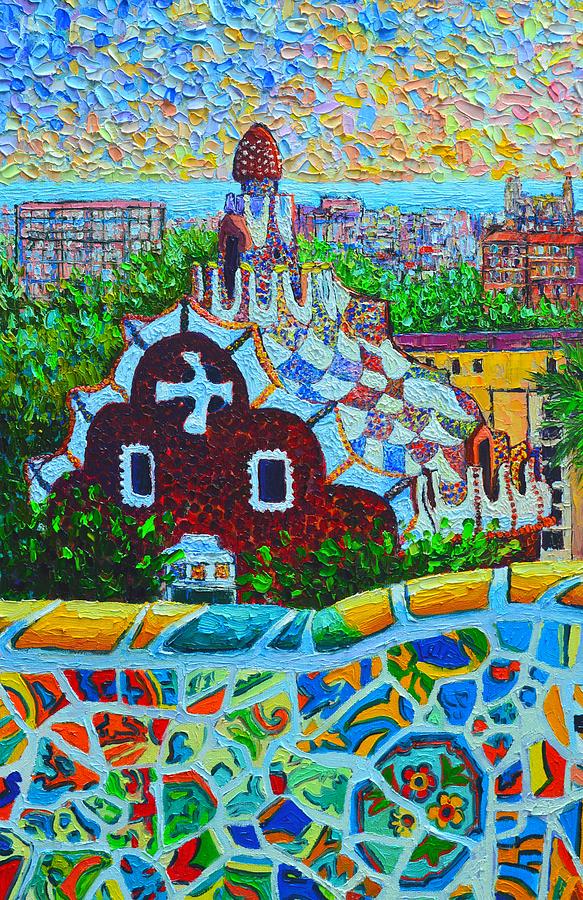
“Barcelona is the city of the artist.” Paris – is the city of love, and Barcelona is the city of the artist. When I arrived here, I liked everything here: the sculptures, the architecture of Gaudí, and the aura in Barcelona that makes me want to create.
“I wouldn’t say that I was expected in Barcelona.” But I already had a well-established professional base and life experience. Moving to France was more difficult. I was 24 years old and had nothing but myself.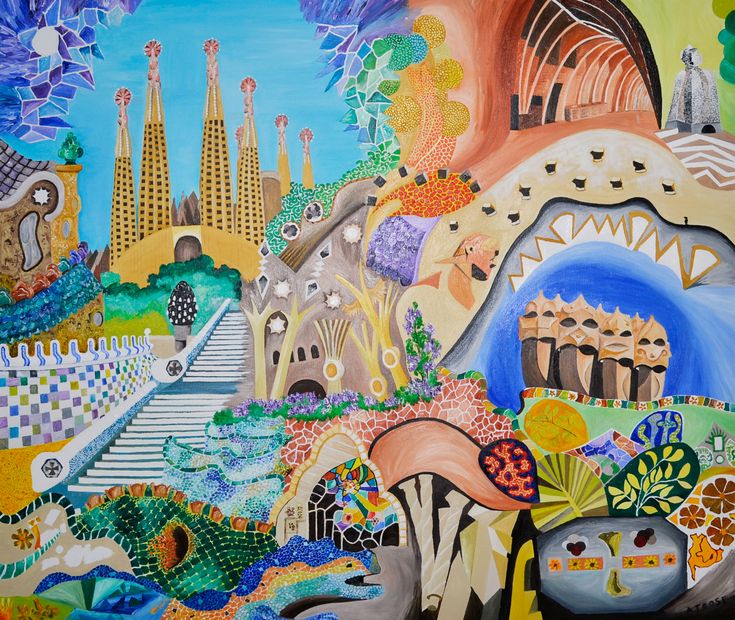
“Barcelona is a very small city compared to Paris and there is no such stress.” Here you don’t have to force yourself to do something, this desire comes by itself. And peace around and inside you – that’s what is important.
“First I opened my workshop in the Sant Gervasi area.” My family and I lived nearby, and for an artist it is very important that the distance from home to the working studio is as short as possible. Sometimes an idea comes up in the evening or at night, and then you forget it, you don’t write it down. And if the studio is close, you can immediately get to work, at any time of the day.
“My husband and I moved to the headquarters at Provenza in order to combine my creativity and his” .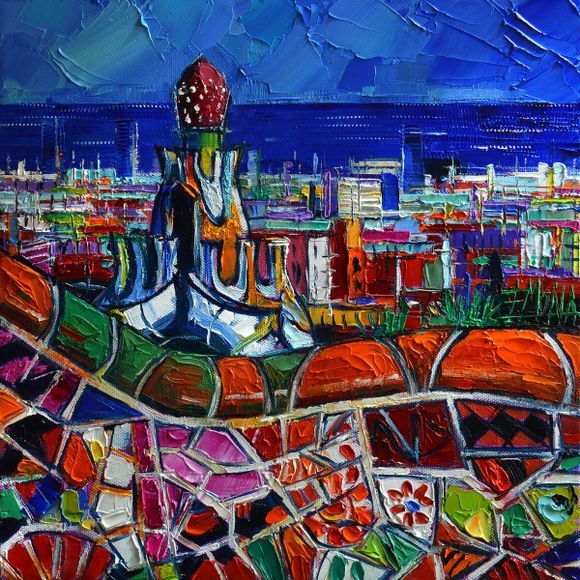
“Our headquarters is an enclosed space, not a gallery on the first floor, which you can get into just by opening the door.” To come to the exhibition, you need to know and love art. Usually we send out invitations to all our friends, and they already bring new people with them. And every time there are more and more people.
“The world of artists is kinder than the world of fashion.” The laws of fashion are cruel: I gained 2 kilograms of weight and have already lost my job. And in the art world, people look at what you do differently. If you wrote a bad picture – well, nothing, the next one will be better.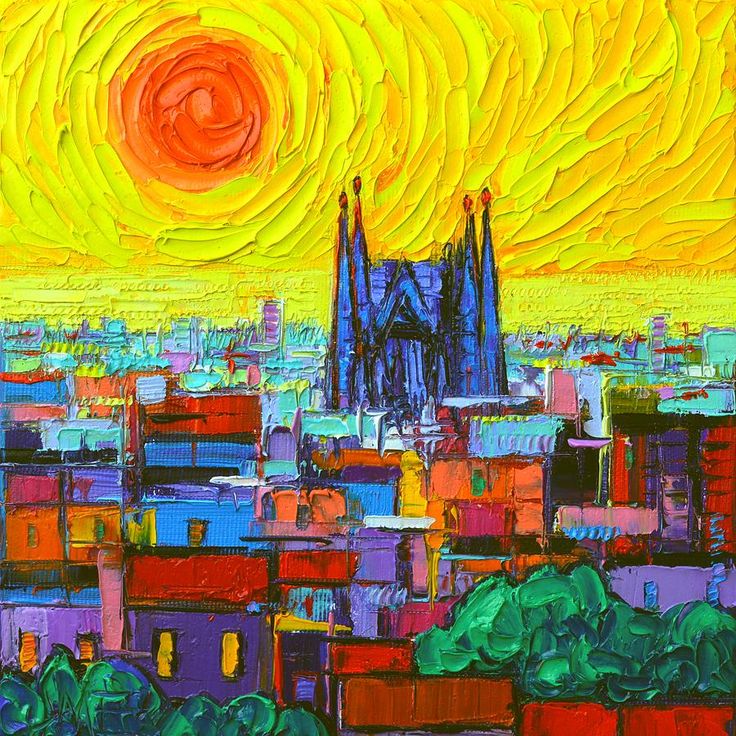
“My contingent is people who have the culture and education for exhibitions of this kind, and then the social level.” And the desire to acquire some object. Many Russians and Spaniards come to my exhibitions, acquaintances from all over the world often come. Everyone who had time to open the invitation letter and come.
“They say that in order for an artist to do well, he must be hungry.” And they also say that he must be unhappy, suffer. In principle, a person who creates always suffers. He has a constant struggle with himself, with this world, a desire to change something, to prove something to someone.
“My surname is not simple, my dad always said that it was strong, and I should be strong.” Samobrod – is “one ford”, a person who is alone and goes forward.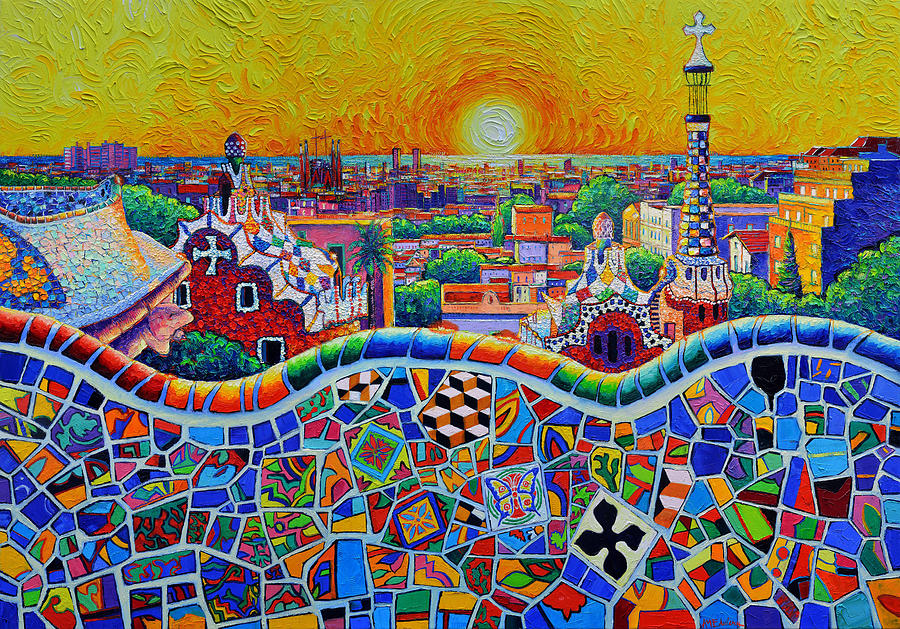
“People go to exhibitions less and less.” Because our world has become very fast, people are no longer able to allocate 2-3 hours to visit the exhibition. Therefore, many interactive galleries are opened, and promotions and competitions are held during exhibitions to lure visitors.
“Ephemeral exhibitions are the main trend now”. Those that last only a few days. For example, I know that this exhibition is from Friday to Sunday, and if I don’t get to it in these 3 days, then I won’t get to it at all. Ephemeral exhibitions make people still find these 2-3 hours in their schedule and come.
“There is still a return to classical art.” Everyone is already so fed up with new fashion trends. What is the fundamental difference between the classics is that it is unique, it cannot be released in circulation, as in digital.
“The Spaniards are just beginning to understand the difference between painting a grocer’s shop with bad words and actually creating a piece of art Some merchants, in order to avoid drawing some nonsense on the windows, order beautiful street graffiti from artists, which can also be seen in the city when shops and bars are closed. It’s already tantamount to art. I like some of them where there is meaning, color, graphic line.
“Sometimes local artists rent rooms in threes or fives to work together.” These “co-working centers” are located mainly in the Gracia and El Raval areas. Financially, it turns out to be more profitable, besides, many people are interested in working with each other, exchanging ideas.
“We are visiting artists. So we create our own movements.” We participate in various charity events, where artists, sculptors, people who make costume jewelry and designer items gather and put their works up for sale.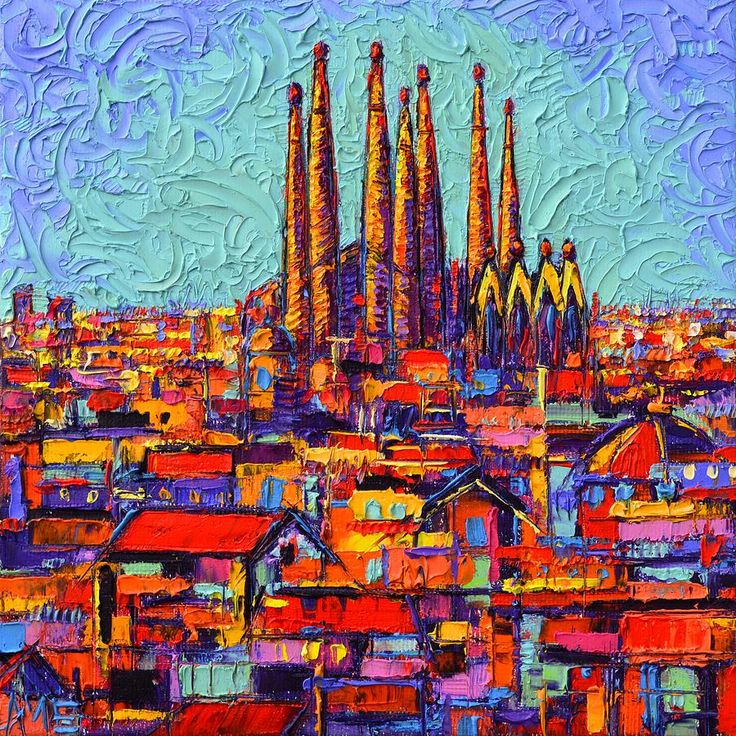
“Barcelona has a street named Consell de Cent which is probably the largest collection of galleries in Barcelona.” During April-May they have interesting exhibitions, they all open their doors, organize cocktail parties, and other similar events where you can come and chat with nice people about art.
“Every spring, Barcelona hosts Museum Night, when all the city’s museums are free.” In addition to exhibitions, museum buildings host concerts and video installations, tours and master classes.
“Barcelona Museum of Modern Art, ” MACBA “, worth a visit.” They have a very interesting exposition, there is a permanent one, and there is a temporary one, for participation in which contemporary artists and sculptors from different countries are invited, and it is updated quite often.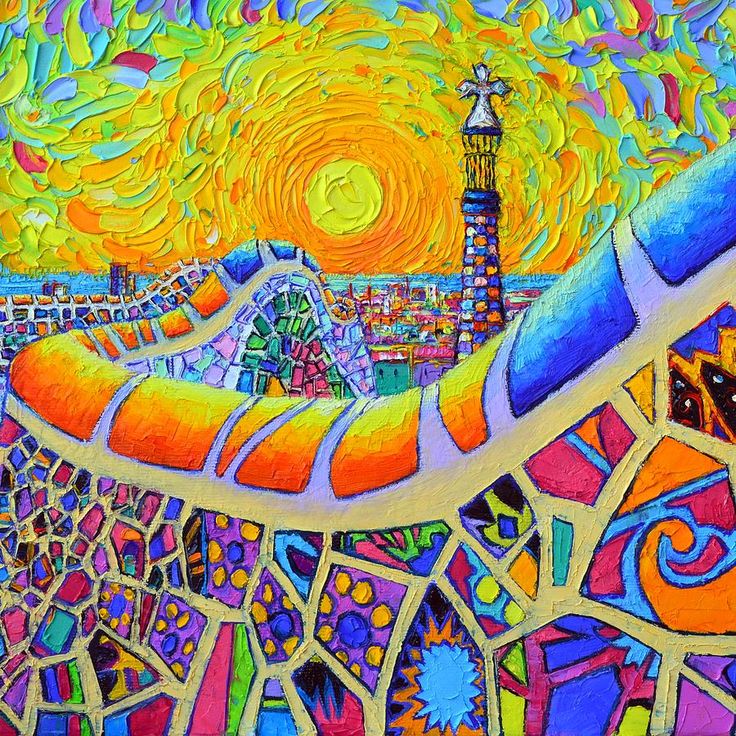
“Art – is expensive.” This is not an assembly line, this is an exclusive thing that is created at a certain moment and under certain circumstances. There is no second one. And everything that is unique is expensive. Of course, not everyone can afford a real work of modern art. If there is little money, then you can only buy the early works of very young artists who want to “merge” them for little money in order to buy materials for further work.
“I think it’s better to invest in young and promising artists who have already established themselves on the world market to some extent and have made themselves known with their exhibitions and promotions.” A young artist is between 35 and 40 years old. Since, in general, an artist is a profession that constantly develops a person, and somewhere around this age he already begins to firmly stand on his feet, to achieve some success.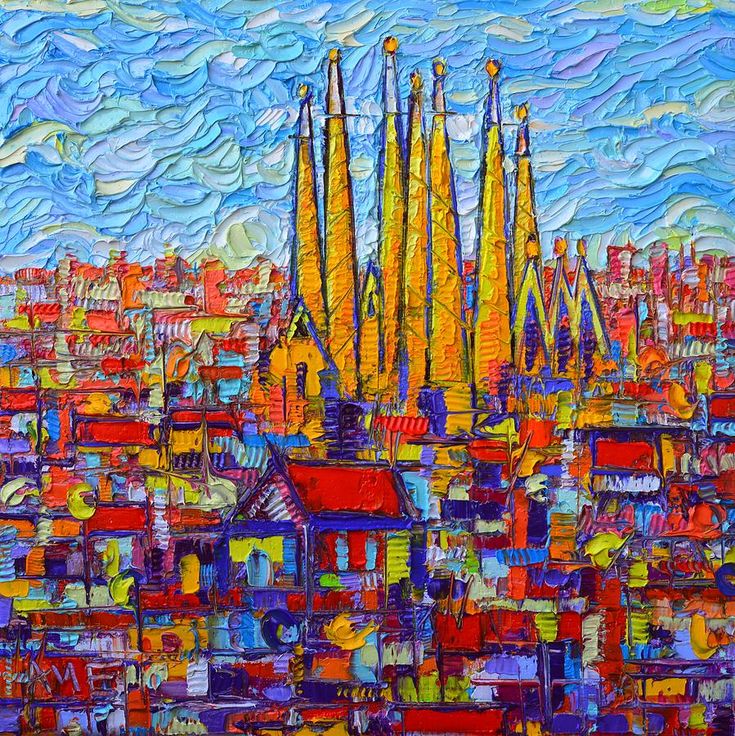
My favorite place in Barcelona – Greek park with amphitheater on Montjuic . The place is not touristy, it is located behind the zone of “dancing fountains”. I advise you to visit it in spring or summer, when everything around is blooming. From there, a gorgeous view of Barcelona opens up, and the atmosphere is such that inspiration immediately appears.
Nine contemporary artisans and artists from Barcelona. Spain in Russian
Teresa Estapé: original jewelry
Metal is the language Teresa Estape uses to tell stories. “The material chooses me rather than I select it. I could only work forever with gold, pearls and diamonds, but more often I choose something else as a challenge,” Teresa says. Jewels of simple shapes, created by a jeweler, carry a special symbolism. By turning them into amulets, she wants to return the precious stones to their original value.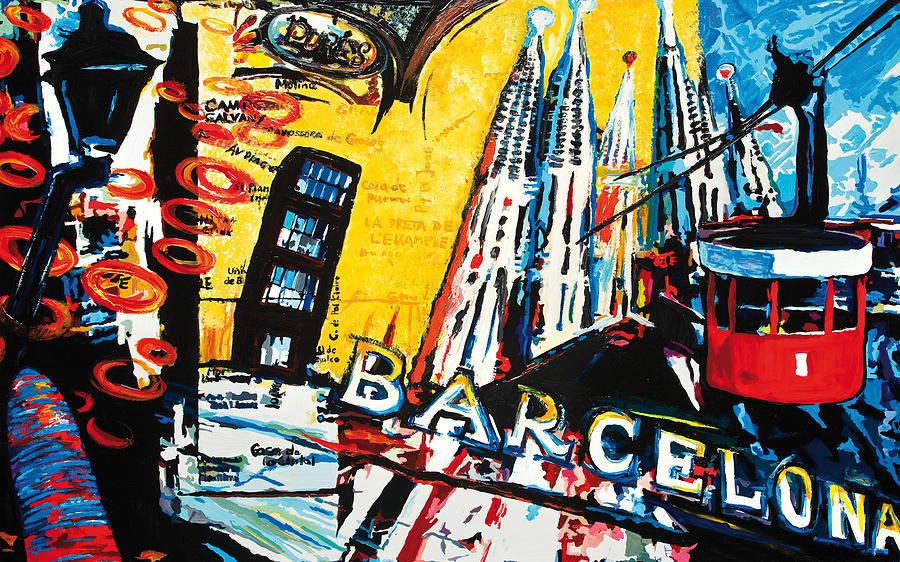
Eliurpi: craft hats
Elisabeth Urpi and Nacho Umpierrez are the heart, brain, soul and golden hands of the Eliurpi artisan brand. They create original handmade hats and other headwear so that everyone can express their individuality through them. For Elizabeth and Nacho, this is no longer just a favorite job, but rather a way of life that allows you to get to know the world. They chose to work only with natural materials such as straw, linen and silk.
Bea Sarrias: paintings that are transported to other corners of the city
Bea Sarrias is a talented artist based in Barcelona who specializes in architectural paintings. Looking at them, you can easily be transported to different parts of the city space and feel their atmosphere.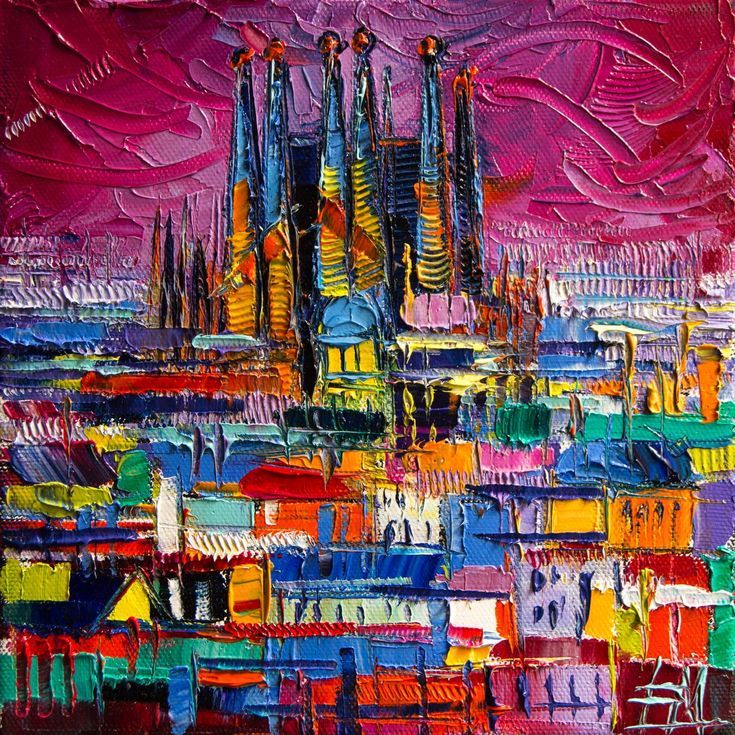
Azar Studio: Traditions in Leathercraft
Working with leather has always been a special passion for Sarah and Jonathan. Combining Italian, Argentinean and Andalusian leather traditions, they embarked on an exciting exploration of the various methods of making woven leather bags. This is how the Azar Studio workshop was born, where the main material is vegetable tanned cowhide. They emphasize that this material is considered one of the most durable and does not contain harmful substances.
Knö Studio: unusual furnishings
Ferran Cano creates unusual interior items from wood, stone and metal, not afraid to experiment with shapes and materials.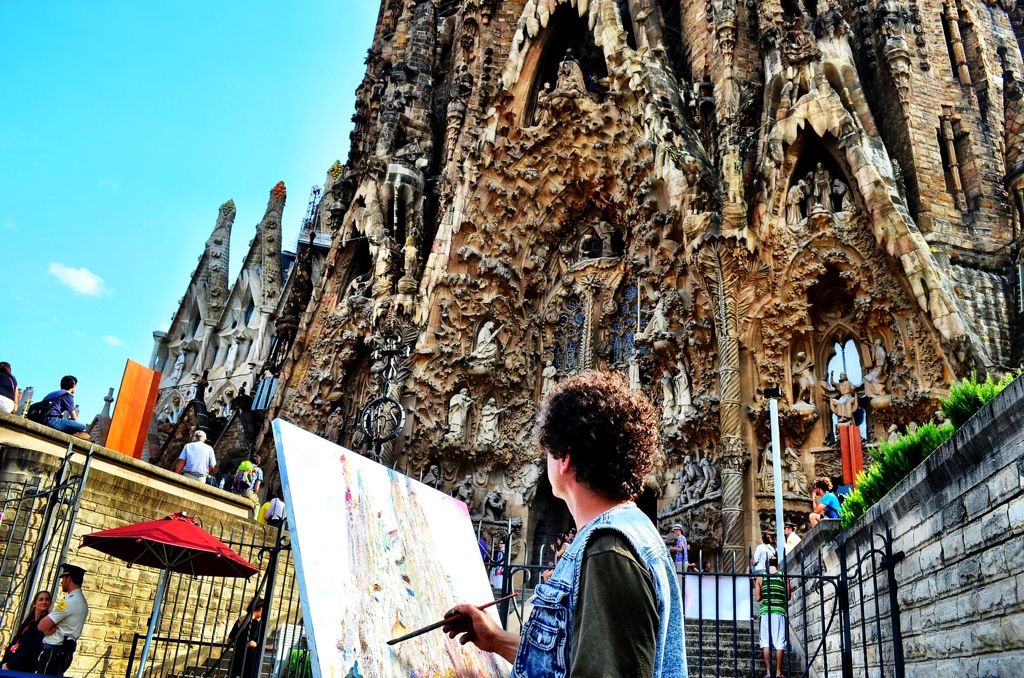
Gyotaku.Luca: Japanese Art of Gyotaku
Quite by accident, young Lourdes Roses became fascinated with the Japanese technique of guotaku, which is the process of obtaining prints from the carcasses of various fish. This technique was used by Japanese fishermen back in the 18th century to keep track of their catch. The artist has a special trepidation for this type of art, creating incredibly detailed paintings that are difficult to distinguish from real photographs.
Sandra Llusa: jewelry created by nature
Each piece created by Sandra in her workshop in Barcelona invites you to pause in the chaos of everyday life and pay attention to simple natural elements. Since childhood, the girl loved to collect natural artifacts, such as spruce and pine needles, leaves, acorns and branches of unusual shapes.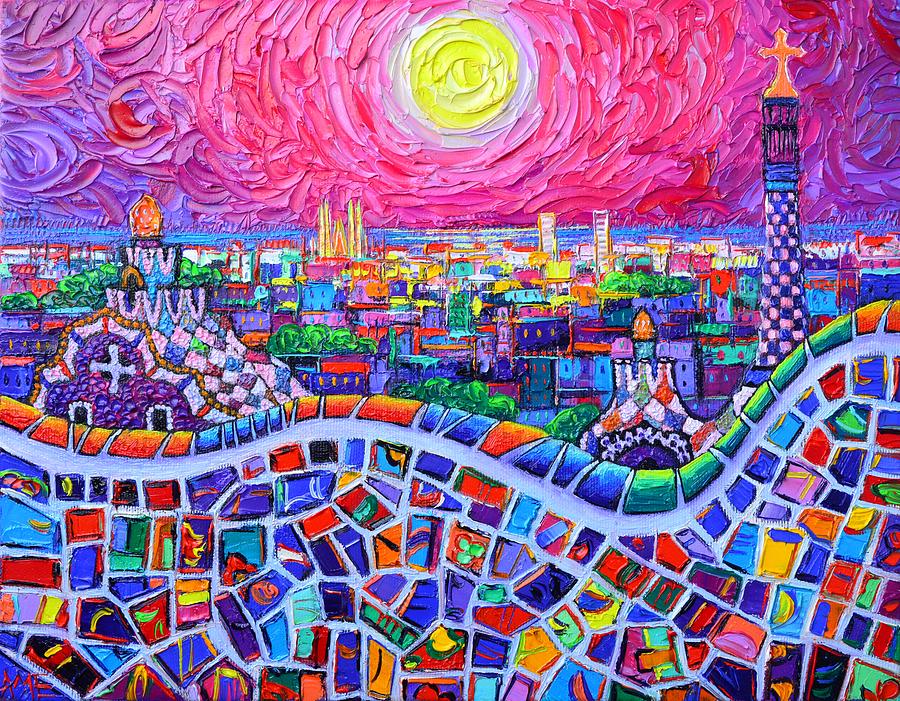
Shon Mott: Sustainable Fashion
A young clothing brand from Barcelona was created by brothers Pep and Kiko Buxo, who wanted to change the habits of excessive consumption of the inhabitants of their city. Therefore, they promote the so-called slow fashion and minimalism. The brand focuses on the quality of materials, simplicity of design and a neutral color palette, thanks to which clothes can be easily combined with each other.
Clotilde Senillosa: feminine dresses with character
Delicate and elegant dresses for everyday life are created by a clothing designer from Barcelona with the equally gentle name of Clotilde. She relies on local production and selects the highest quality fabrics for her collections. Thanks to this, local residents and guests of the city quickly fell in love with her dresses, which are suitable for any occasion.

